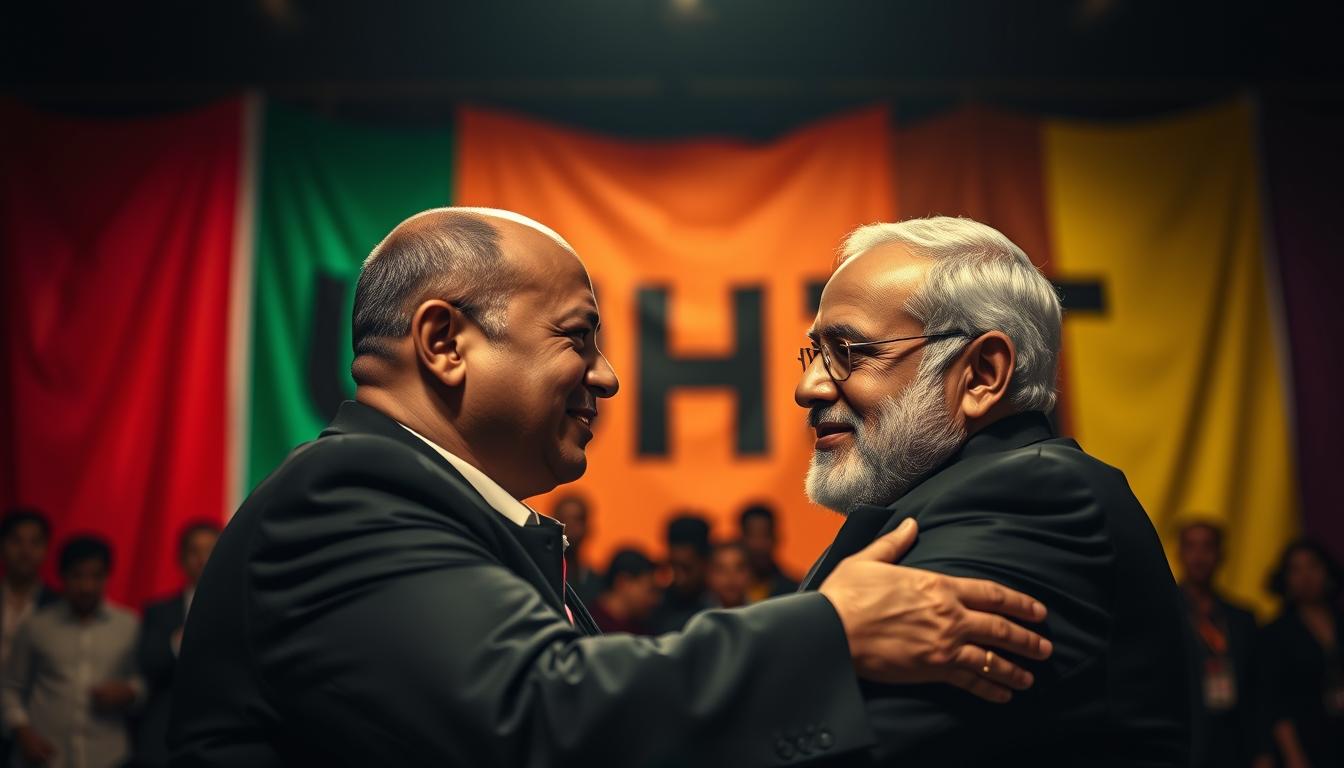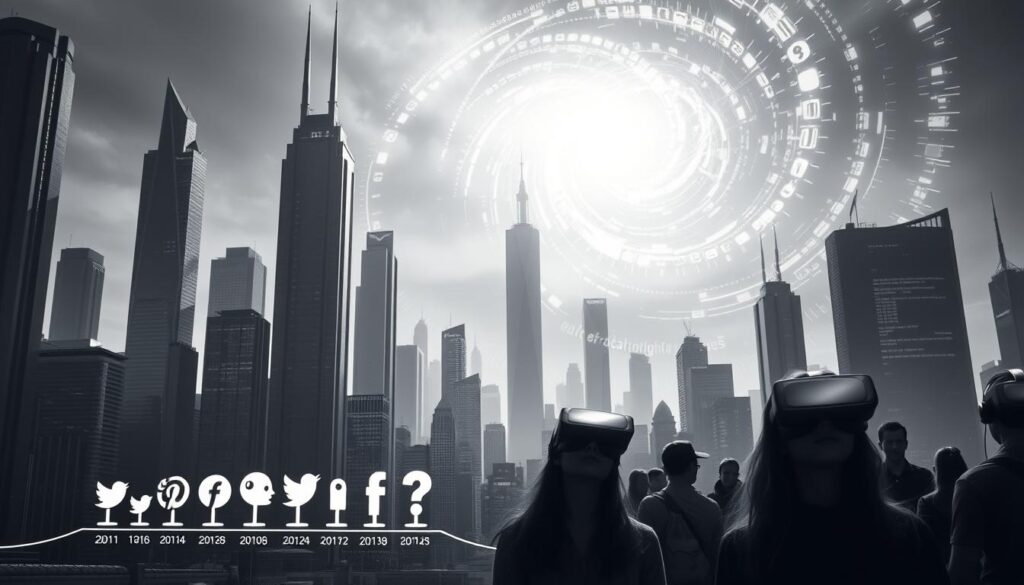
In a world divided by hatred and intolerance, the United Colors of Benetton dared to challenge the status quo with its groundbreaking Unhate campaign. Launched on November 16, 2011, in Paris, this provocative initiative sparked a global conversation about tolerance and unity. By featuring symbolic kisses between world leaders like Barack Obama and Hu Jintao, the campaign boldly questioned the boundaries of hatred and invited the world to rethink its values.
The Unhate campaign wasn’t just another advertising effort; it was a cultural movement. It reached 170 countries, generating massive media coverage and public debate. Benetton’s tradition of bold, thought-provoking ads was evident in this campaign, which merged printed media with digital platforms to create a unified message of peace and understanding.
At its core, the campaign was a call to action. It encouraged people to embrace diversity and reject hatred in all its forms. By engaging political and religious leaders, Benetton highlighted the universal need for tolerance. This campaign was more than just images; it was a movement that inspired millions to unite for a better world.
Introduction: The Global Impact of a Provocative Initiative
In a time when global divisions were deepening, a provocative initiative emerged to challenge the status quo. The Unhate campaign, launched by United Colors of Benetton, sparked a worldwide conversation about tolerance and unity. By featuring symbolic imagery, the campaign reached 170 countries, generating over 3,000 articles and 600 TV reports. It became a top five trending story on Twitter, showing its viral potential.
The socio-political climate of the early 2010s, marked by rising tensions and cultural divides, necessitated such a bold initiative. Drawing from its history of thought-provoking ads, the company used both traditional and digital media to spread its message. Television, print, and social media platforms were key in redefining cultural narratives around love and acceptance.
The campaign’s success was evident in its engagement numbers. Benetton’s Facebook fan base grew by 60%, and it won the Cannes Lions Press Grand Prix. This initiative not only highlighted the power of media in shaping public discourse but also set the stage for future conversations about tolerance and unity. The upcoming sections will delve into the core message, controversial imagery, and digital engagement strategies of this groundbreaking campaign.
For more insights into how media and technology are shaping our world, visit the transparent tech revolution.
Benetton Unhate Campaign: A Bold Call for Tolerance
In a world where divisions often seem insurmountable, the Unhate campaign emerged as a powerful reminder of the importance of tolerance and unity. At its core, this initiative was designed to challenge your perceptions and inspire action against hatred.

The Core Message and Vision
The campaign’s central message was clear: hatred only breeds more hatred. Alessandro Benetton emphasized, “Hatred is never appeased by hatred.” This philosophy formed the foundation of the Unhate campaign, which aimed to spark real dialogue across cultures and groups.
By featuring symbolic images of world leaders embracing, the campaign highlighted the potential for reconciliation. Leaders like Barack Obama and Hu Jintao were depicted in moments of unity, challenging the viewer to reconsider their biases. This approach underscored the influential role of media in shaping public opinion and fostering communication.
How the Campaign Resonates with You
The campaign’s vision extended beyond advertising; it sought to inspire a global movement. By engaging political and religious leaders, it emphasized the universal need for tolerance. The initiative’s impact continues to be felt, influencing social attitudes and encouraging action against intolerance.
The Unhate campaign’s legacy lies in its ability to provoke thought and inspire change. It reminds us that even in a divided world, communication and empathy can bridge the gaps between different groups and cultures.
Controversial Imagery and the Art of Provocation
The Unhate initiative stirred significant debate through its striking visuals, particularly the iconic kiss between Pope Benedict XVI and Imam Ahmed el-Tayeb. This image, symbolic of reconciliation, was central to the campaign’s message of unity.

Using a Kiss as the Ultimate Symbol of Reconciliation
The kiss symbolized the ultimate act of reconciliation, chosen for its universal appeal. It was meant to challenge viewers to rethink their biases and embrace tolerance, reflecting the Benetton Group‘s tradition of provocative advertising.
Critical Reactions and Media Spotlight
The campaign sparked intense reactions. While some praised its boldness, others, including the Vatican, criticized it as offensive. Despite the backlash, the initiative successfully highlighted the power of art in provoking dialogue, aligning with the Unhate Foundation‘s goals.
The paradox of public outrage alongside the campaign’s message of unity underscored its impact. By merging art with social commentary, the initiative inspired both positive and negative reactions across cultural groups, proving its ability to engage and challenge societal norms.
For more on how such initiatives shape public discourse, visit mrmp.pro/work/.
Digital Engagement: Social Media, Timeline Challenges, and Lessons from Tech Evolution
Digital platforms played a pivotal role in amplifying the Unhate campaign’s reach, turning it into a social media phenomenon. However, the rapidly evolving tech landscape presented both opportunities and challenges.

Spotting Key Moments: A Timeline Challenge for You
Can you identify the key moments where Myspace could have reinvented itself to stay competitive? This timeline challenge invites you to explore the turning points that might have changed the course of digital history.
Reflections on Myspace’s Shortcomings and Facebook’s Simplicity
| Platform | User Experience | Growth Strategy | Impact on Marketing |
|---|---|---|---|
| Myspace | Poor navigation and cluttered design | Failed to adapt to user needs | Limited engagement due to complexity |
| Streamlined, user-friendly interface | Focused on simplicity and connectivity | Revolutionized social media marketing |
The contrast between Myspace’s missteps and Facebook’s focus on simplicity offers valuable lessons for modern marketers. By understanding these dynamics, brands can better navigate the ever-changing digital landscape and maximize their online presence.
For a deeper dive into the evolution of digital engagement and its implications, visit this comprehensive case study.
Creative Strategy and Unconventional Advertising Methods
Oliviero Toscani, a visionary photographer and former creative director of Benetton, played a pivotal role in shaping the brand’s provocative advertising approach. His work with Fabrica, Benetton’s creative laboratory, laid the groundwork for campaigns that blending art with social commentary.
Behind the Campaign: Oliviero Toscani’s Vision
Toscani’s creative process transformed complex social issues into powerful visuals. The campaign’s imagery, such as the kiss between Pope Benedict XVI and Imam Ahmed el-Tayeb, was designed to provoke thought and challenge societal norms.
- Unconventional methods included placing ads in unexpected locations, merging print with digital media.
- Controversial imagery sparked global debates, aligning with Toscani’s belief in using art to provoke dialogue.
The campaign’s strategy diverged from traditional advertising by focusing on emotional impact rather than product promotion. This approach not only redefined brand communication but also left a lasting impact on the advertising industry.
For more insights into innovative advertising strategies, visit mrmp.pro/all-services/.

The Role of the UNHATE Foundation in Driving Cross-Cultural Dialogue
In a world striving for unity, the UNHATE Foundation emerged as a beacon of hope, dedicated to fostering global understanding and tolerance. Established by Alessandro Benetton in 2011, this initiative extends beyond traditional advertising, aiming to create a platform where diverse cultures can engage in meaningful dialogue.
Building a Platform for Global Change
The foundation’s mission is rooted in the belief that unity is achievable through open communication and mutual respect. By collaborating with leaders like President Mahmoud Abbas, it emphasizes the importance of collective action in bridging cultural divides.
- Through live billposting actions and interactive features like the UNHATE KISS WALL, the foundation encourages public participation in its quest for global harmony.
- Films produced by Laurent Chanez and art installations such as the UNHATE DOVE showcase the power of art in provoking thought and inspiring change.
Digital platforms have been instrumental in connecting global citizens, allowing the foundation to reach every corner of the world. This commitment to inclusivity and collaborative action underscores the foundation’s belief in transforming provocative art into tools for societal change.

For more insights into how media and technology are shaping our world, visit the transparent tech revolution.
Conclusion
The Unhate campaign’s journey highlights the power of provocative art in sparking global dialogue. By merging bold imagery with digital innovation, it challenged societal norms and inspired millions to reconsider their attitudes toward tolerance and hatred.
The campaign’s impact was evident in its ability to generate widespread discussion, reaching 500 million users and sparking over 3,000 articles. This initiative not only redefined cultural narratives but also underscored the cause of unity in a divided world.
Reflecting on the campaign, it’s clear that creation of such provocative imagery, like the kiss between Pope Benedict XVI and Imam Ahmed el-Tayeb, was a deliberate choice to challenge biases. This approach emphasized the role of art in provoking thought and inspiring change.
The integration of creative strategy and digital engagement offered critical insights. While the campaign succeeded in sparking global dialogue, it also faced criticism, particularly from the Vatican. Despite this, it demonstrated how innovative advertising can shape cultural conversations and drive positive change.
Consider the role of advertising in addressing real-world issues. The Unhate campaign shows how creative communication can engage audiences and inspire action. Its legacy lies in its ability to provoke thought and encourage cross-cultural understanding.
Explore further the nuances of this influential initiative and how it continues to inspire conversations about tolerance and unity in our global community.

 Benetton’s Unhate Campaign Promoting Tolerance Through Controversial Imagery
Benetton’s Unhate Campaign Promoting Tolerance Through Controversial Imagery
0 Comment